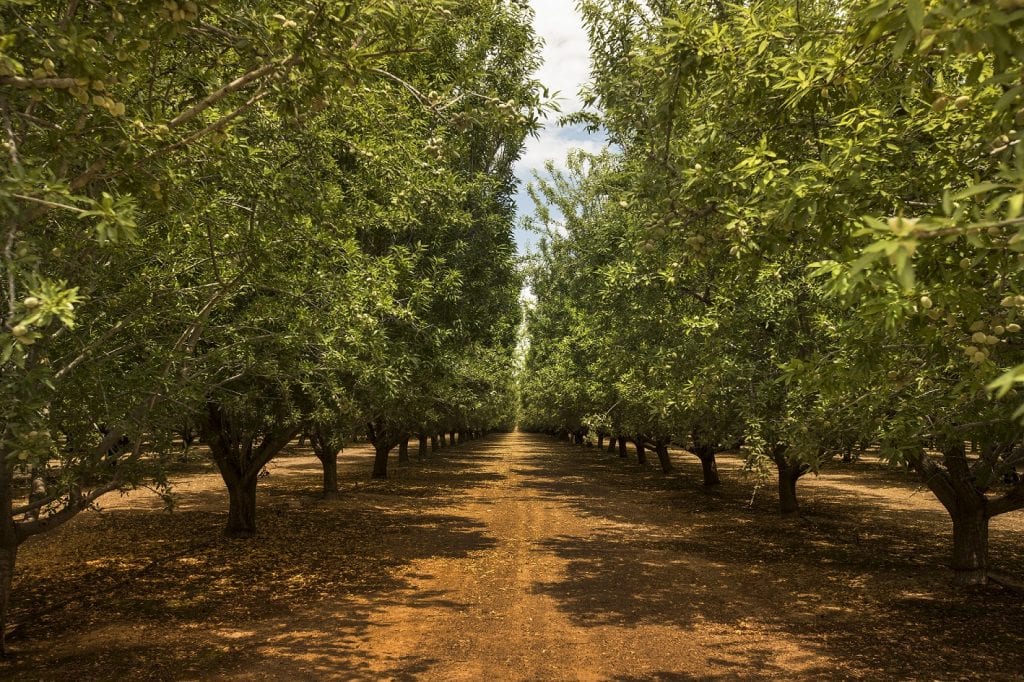Nufarm’s Dan Beran, director of CPP technical services for Nufarm, North America breaks down the differences in systemic, contact, residual and post-emergent weed control, and which ones your tree nut, vine and vegetable crops need to thrive.

In perennial cropping systems, weed pressures can vary greatly, spanning a broad spectrum of annual, biennial and perennial weeds from year to year. Resistant weeds are also growing in prevalence, making it increasingly important for producers to be targeted in their weed control strategies.
When determining weed control options, growers should employ multiple modes of action and a program with residual herbicides, says Dan Beran. “The tree nut, vine or vegetable grower has a number of unpredictable challenges throughout the growing season – insects, diseases, irrigation, fertility,” Beran says. “They need flexibility in time management, which is where residual herbicides have the greatest benefit. They allow growers to control those weeds before they come up.”
More Than Glyphosate Alone
“When you think of weed control, the first product that comes to mind is glyphosate,” Beran says. “It works well on tough weeds like puncturevine and those with deep root systems like Canada thistle, as it is a systemic herbicide that translocates. Unfortunately, many over-relied on glyphosate with repeated applications and spraying it on weeds that were too big, which led us to the resistance challenges we currently have.”
One alternative being used to counter resistance issues with glyphosate is glufosinate, Beran says. Glufosinate does not translocate, but it does have excellent activity on a broad spectrum of weeds. Growers should consider that glufosinate is a contact herbicide, so weeds need to be controlled when fairly small.
“With tough weeds like puncturevine and perennials like Canada thistle, glufosinate is going to struggle if applied on its own,” Beran explains. “Since it doesn’t translocate to the root or have residual activity, tank-mixing glufosinate with residual herbicides and rotating with systemic herbicides should be part of the approach.”
Getting the Most Out of Residual Herbicides
“Growers should aim to get residual herbicides applied prior to the germination period of the weeds they are targeting. In many geographies, this will be in the early- to mid-fall for fall germinating winter annuals. Also, when applying a residual herbicide, it’s important to tank mix a post-emergence product such as glufosinate that controls any emerged weeds.”
Residual herbicides are crucial for preventing weed pressures for longer and freeing up time for important in-season tasks, Beran says.
“The length of time residual herbicides are effective depends greatly on the soils and rainfall of the region,” Beran says. “Growers can expect anywhere from four months to one year of activity, with the longest activity in drought regions.”
It’s also paramount that regardless of the weed control system, growers are not allowing weeds to grow beyond recommended stages before attempting control.
Weed Control Shows Benefits All Season Long
The benefits to a strong weed control program in orchards come down to clean floors. Clean floors allow trees to face less competition for water and nutrients, lower risk of insects harbored by weeds transferring to trees, and a smoother, cleaner harvest, especially for growers “shaking and raking” tree nuts.
A Suite of Solutions
Nufarm offers a powerful weed control program for tree nut, vine and vegetable operations. When you want weed control done right consider their burndown and residual herbicide options. Whether you need a contact or systemic herbicide, Nufarm has you covered to control the weeds and help your crops reach their best potential.
Find information on top-performing herbicide solutions at Nufarm.com/uscrops or contact your Nufarm rep.










